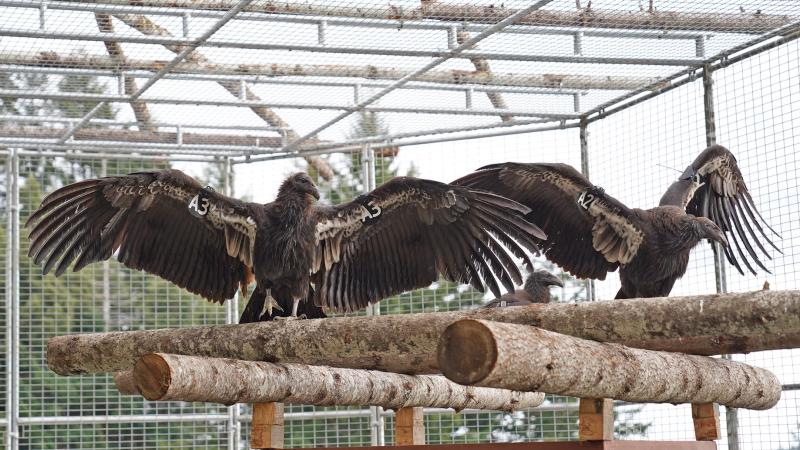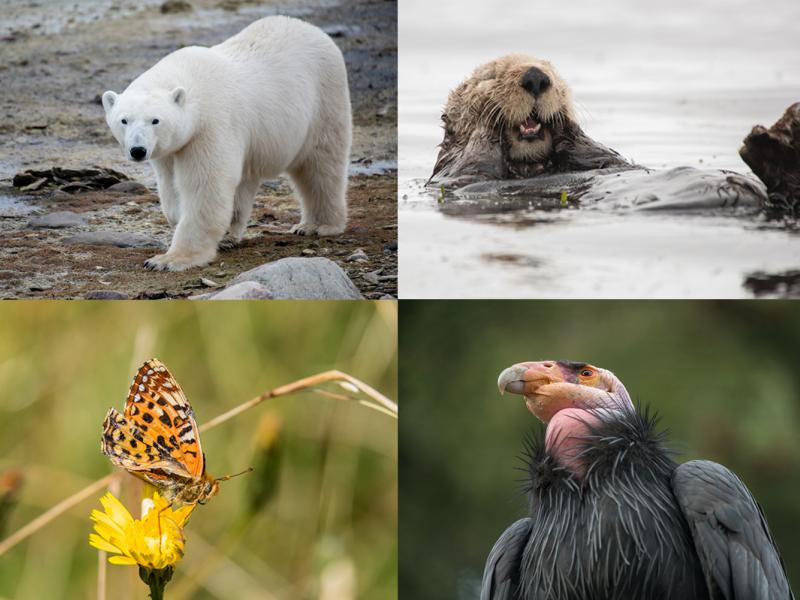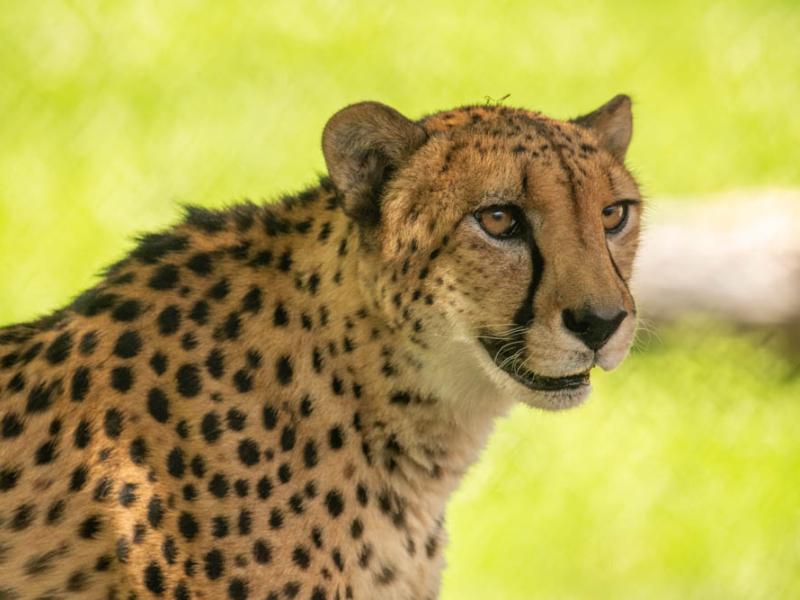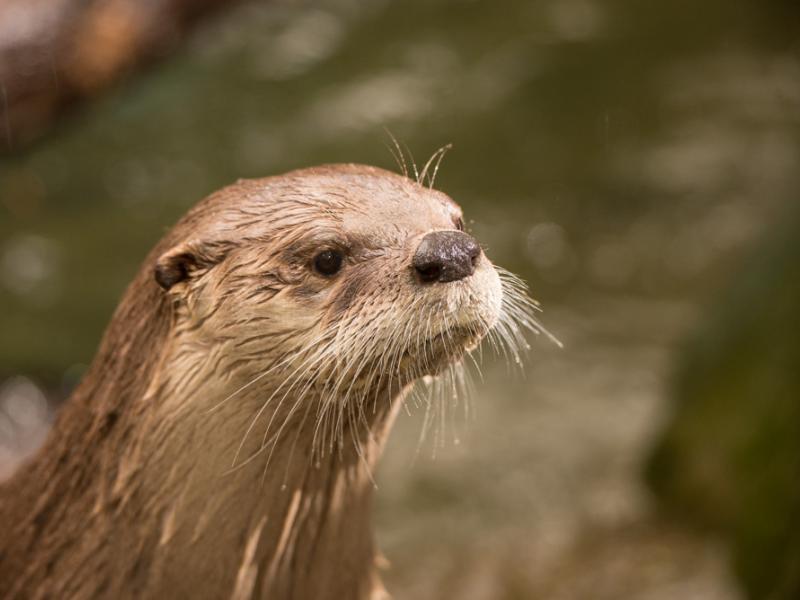Zoo-reared condor takes flight in historic redwoods release

Yurok Tribe leads effort to restore critically endangered species to Northern California
A California condor hatched and raised at the Oregon Zoo’s Jonsson Center for Wildlife Conservation made history Tuesday morning as it took flight over Redwood National Park. The release, a partnership with the Yurok Tribe and park staff, marks the first time the critically endangered birds have soared over the area since 1892.
“In a very real way, restoring condor habitat and returning condor to Yurok skies is a clear restoration of the Yurok people, homeland, ecological systems, culture and lifeway,” said Tiana Williams-Claussen, Director of the Yurok Tribe’s Wildlife Department. “Bringing condor home, back into our communities, back into our conversations, back into our households and into the minds and hearts of our children on behalf of the hearts of our elders.”
“It’s thrilling to partner with the Yurok Tribe and Redwood National Park on this release,” said Kelli Walker, who oversees the zoo’s condor recovery efforts. “Condors haven’t been this close to Oregon in more than 100 years.”
Walker notes that the release site is a short flight by condor standards from southern Oregon, which is also part of the species’ historic range.
Oregon Zoo condor care staff worked with biologists from the Yurok Tribe at the Jonsson Center to prepare for the release, placing wing tags on juvenile birds and performing routine health checks.
Although care staff work to prepare every condor chick for release, some birds are more confident and capable early on, according to Walker. It’s important the birds get along well with other condors and have the tenacity to overcome challenges they’re likely to face in the wild.
The young California condor flying free over the redwoods — Condor No. 1010 — is one of two Oregon Zoo-hatched birds that will be released at the site. Condor No. 969, a female who socialized well with the other condors in the pre-release pen, will join him in the coming weeks.
In addition to continuing to raise juvenile condors for release at the site, the Oregon Zoo’s condor keepers and vet staff will be on call to treat potential health issues that arise for the adult birds, especially lead poisoning, which poses a serious threat to California condors in the wild.
“It’s going to be super interesting to see what these condors do once they’re released,” Walker added. “We really hope they’ll be able to return to their full historic range.”
The California condor was one of the original animals included on the 1973 Endangered Species Act and is classified as critically endangered. In 1982, only 22 individuals remained in the wild and by 1987, the last condors were brought into human care in an attempt to save the species from extinction. Thanks to recovery programs like the Oregon Zoo’s, the world’s California condor population now totals around 500 birds, most of which are flying free.
The Oregon Zoo’s condor recovery efforts take place at the Jonsson Center for Wildlife Conservation, located in rural Clackamas County on Metro-owned open land. The remoteness of the facility minimizes the exposure of young condors to people, increasing the chances for captive-hatched birds to survive and breed in the wild.
Upgrades and new equipment at the center have been made possible through continued support from the Avangrid Foundation and donations to the Oregon Zoo Foundation, which supports the zoo’s efforts in advancing animal welfare, conservation and education. To learn more or to make a gift, call 503-220-2493 or email [email protected].
More than 70 chicks have hatched at the Jonsson Center since 2003, and more than 50 Oregon Zoo-reared birds have gone out to field pens for release. Several eggs laid by Oregon Zoo condors have been placed in wild nests to hatch.
California condor breeding programs are also operated at San Diego Zoo’s Wild Animal Park, the Los Angeles Zoo and the Peregrine Fund’s World Center for Birds of Prey in Idaho. For more information, visit oregonzoo.org/condors.
More News

Take action: Protect wildlife by protecting their homes
Speak up to protect wildlife. Submit a public comment urging the government to keep the Endangered Species Act strong — including protections for habitat.May 8, 2025

Zoo mourns Strike, one of oldest male cheetahs around
At 15, Strike was considered geriatric for his species and was the second-oldest male cheetah living in an AZA-accredited zoo.May 8, 2025

Zoo says goodbye to Tilly, beloved otter mom
At 16, Tilly was considered geriatric for her species.April 30, 2025

